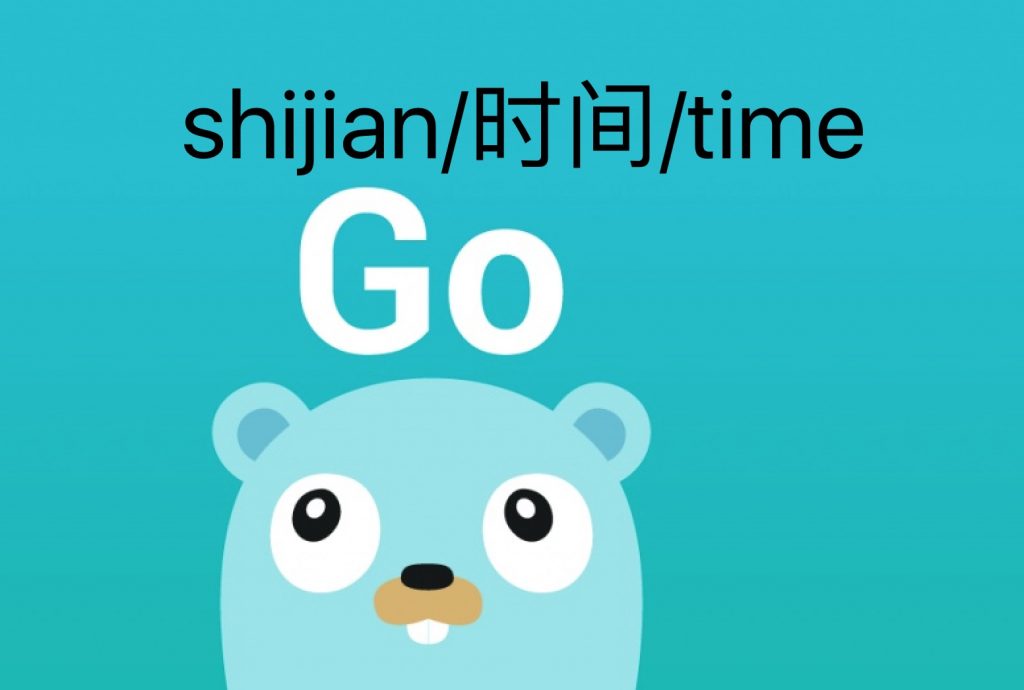概念简介
Go语言对时间和时间段提供了大量的支持;这里是一些例子。
例程代码
package main
import "fmt"
import "time"
func main() {
p := fmt.Println
// 得到当前时间。
now := time.Now()
p(now)
// 通过提供年月日等信息,你可以构建一个 `time`。时间总
// 是关联着位置信息,例如时区。
then := time.Date(
2009, 11, 17, 20, 34, 58, 651387237, time.UTC)
p(then)
// 你可以提取出时间的各个组成部分。
p(then.Year())
p(then.Month())
p(then.Day())
p(then.Hour())
p(then.Minute())
p(then.Second())
p(then.Nanosecond())
p(then.Location())
// 输出是星期一到日的 `Weekday` 也是支持的。
p(then.Weekday())
// 这些方法来比较两个时间,分别测试一下是否是之前,
// 之后或者是同一时刻,精确到秒。
p(then.Before(now))
p(then.After(now))
p(then.Equal(now))
// 方法 `Sub` 返回一个 `Duration` 来表示两个时间点的间
// 隔时间。
diff := now.Sub(then)
p(diff)
// 我们计算出不同单位下的时间长度值。
p(diff.Hours())
p(diff.Minutes())
p(diff.Seconds())
p(diff.Nanoseconds())
// 你可以使用 `Add` 将时间后移一个时间间隔,或者使
// 用一个 `-` 来将时间前移一个时间间隔。
p(then.Add(diff))
p(then.Add(-diff))
}
执行&输出
$ go run time.go
2012-10-31 15:50:13.793654 +0000 UTC
2009-11-17 20:34:58.651387237 +0000 UTC
2009
November
17
20
34
58
651387237
UTC
Tuesday
true
false
false
25891h15m15.142266763s
25891.25420618521
1.5534752523711128e+06
9.320851514226677e+07
93208515142266763
2012-10-31 15:50:13.793654 +0000 UTC
2006-12-05 01:19:43.509120474 +0000 UTC
# 下面我们将看到时间到 Unix 时间的相关概念。
课程导航
学习上一篇:Go语言教程:Json 学习下一篇:Go语言教程:时间戳
相关资料
本例程github源代码:https://github.com/xg-wang/gobyexample/tree/master/examples/time

